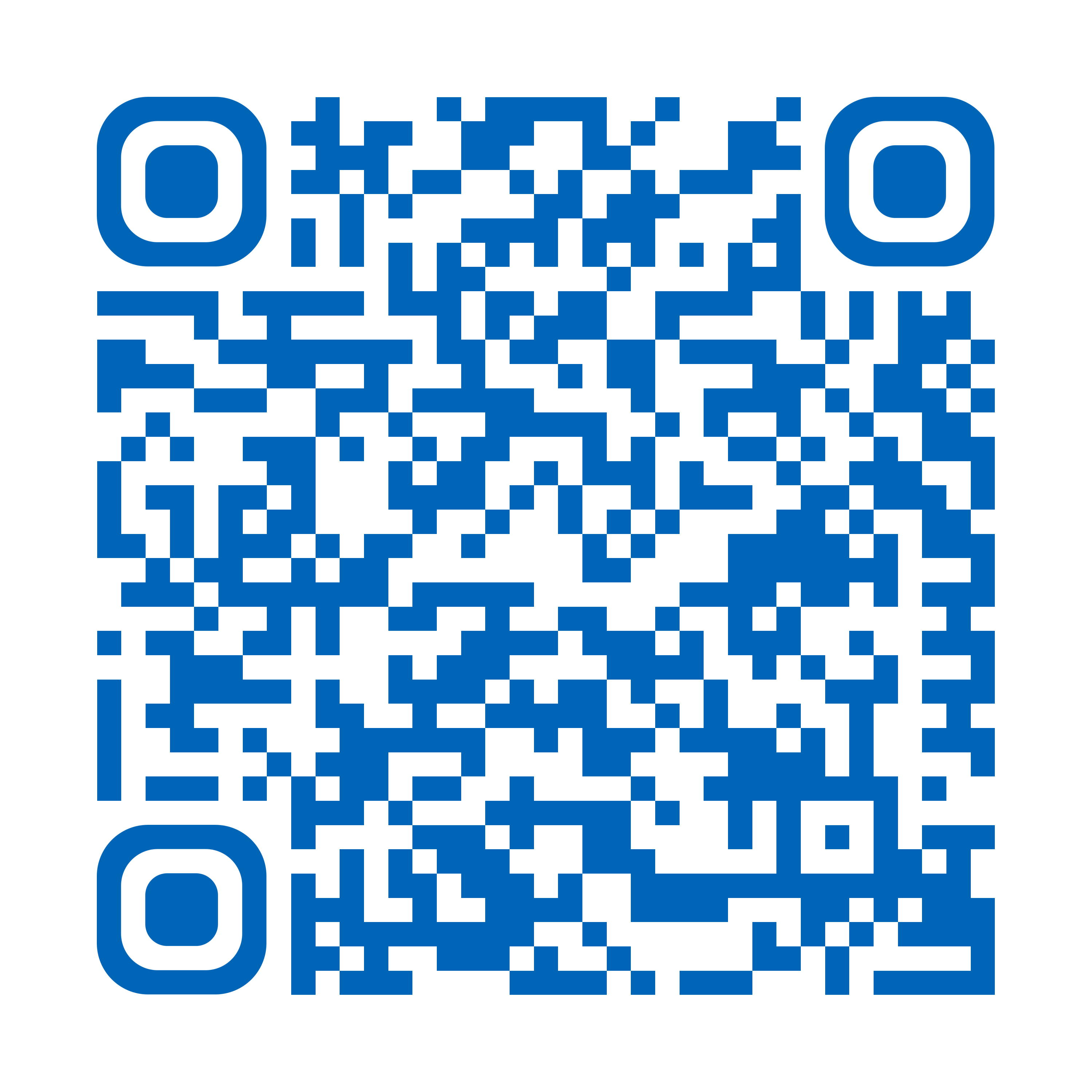- Reference Number: HEY976/2021
- Departments: Ophthalmology Department
- Last Updated: 31 October 2021
Introduction
This leaflet has been produced to give you general information about your child’s treatment. Most of your questions should be answered by this leaflet. It is not meant to replace the discussion between you and your child’s orthoptist, but may act as a starting point for discussion. If after reading it you have any concerns or require further explanation, please discuss this with a member of the healthcare team.
What is a lazy eye?
A lazy eye is an eye with poor vision. The eye itself is healthy, but something has happened to cause the vision to stop developing properly, or even to deteriorate.
Babies are not born with good vision. During the early years of life a baby learns to use their eyes and by the age of 6 months they can see quite well. The ability to see well continues to develop during childhood and by the age of 8 the development of vision is complete.
The commonest causes of lazy eye are:
- Squint
- A focusing error more in one eye than the other
Why does my child need to wear a patch?
If the lazy eye has a focusing error this must be corrected with glasses first. Wearing the glasses as instructed will sometimes be enough to correct the vision in the lazy eye. However, if the vision remains reduced or if no glasses are needed, then occlusion therapy (patching) may be carried out to improve the vision in the lazy eye.
The child wears a patch over the good eye to encourage the vision in the weaker eye to improve.
It is important to realise that if a child has a squint, the purpose of the patch is to improve the vision in the eye and will not improve the squint.
Can there be any complications or risks?
It is very important that the patching is carried out exactly as instructed. There are dangers in too much patching, if not enough patching is done soon enough, the vision may not improve to a satisfactory standard because valuable “development time” has been wasted.
What will happen?
The orthoptist will advise how long and how often a child should wear their patch and what sort of patch it should be.
The patch is applied to the child’s face, with glasses on top if worn.
Some children need to wear their patch for most waking hours, while others may require a period of part-time wear. The treatment may take several months.
The decision about the type of patch and the length of time it should be worn will depend on the age of the child and their level of vision. The younger the child, the more quickly they will respond to patching. After visual development is complete at age 8 years, patching treatments becomes ineffective.
How can I help my child with the treatment?
When wearing a patch a child will need lots of help and encouragement as they are not used to coping with poor vision and may well resent the patch. However, as the vision improves, the patch becomes less of an issue. Getting over the initial difficulty is of great importance if the patching is to be effective.
Your child should be encouraged to make the lazy eye work hard. “Hard work” for eyes includes colouring, puzzle books, reading story books, computer games – in fact anything detailed a child wants to see.
How often do I need to attend with my child?
A child who is wearing a patch must have the vision checked regularly to measure progress and to decide whether the treatment plan needs to be altered.
The orthoptist will advise how soon the child should attend the clinic again for the vision to be checked. It is important that you do not miss your appointment. If you find you are unable to attend, please let us know on the telephone number below.
Should you require further advice on the issues contained in this leaflet, please do not hesitate to contact the Orthoptic Department tel: 01482 816605

